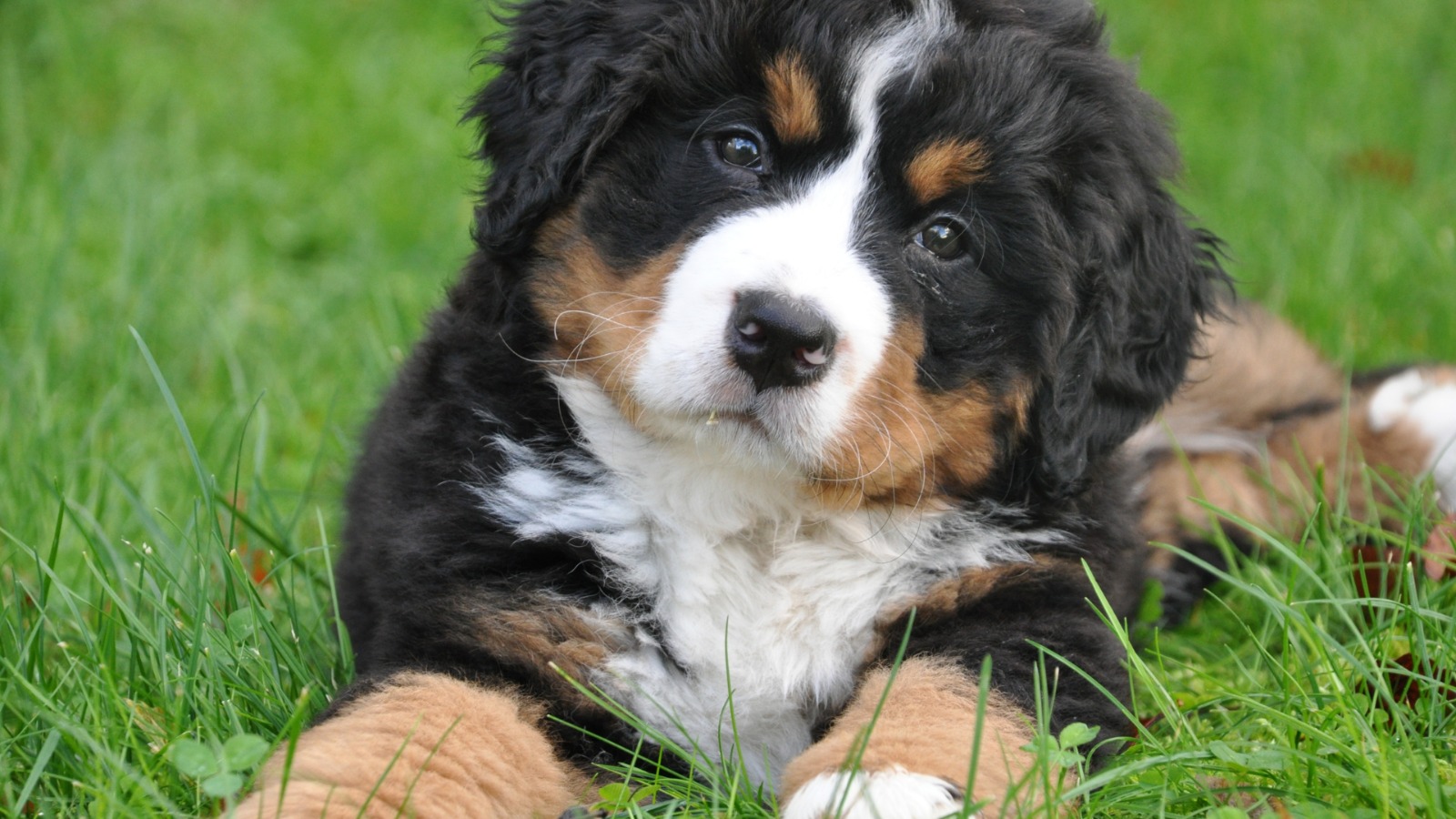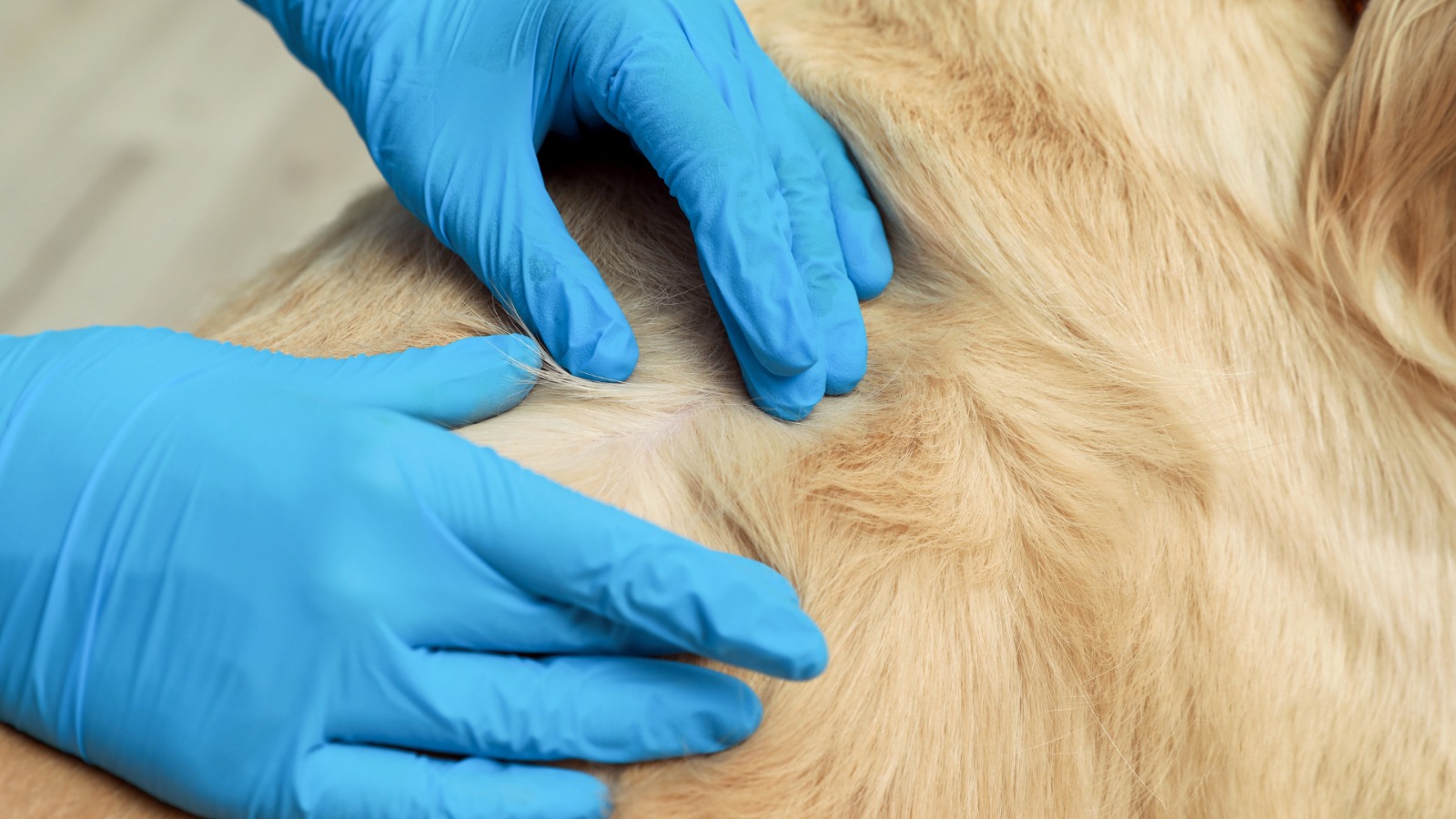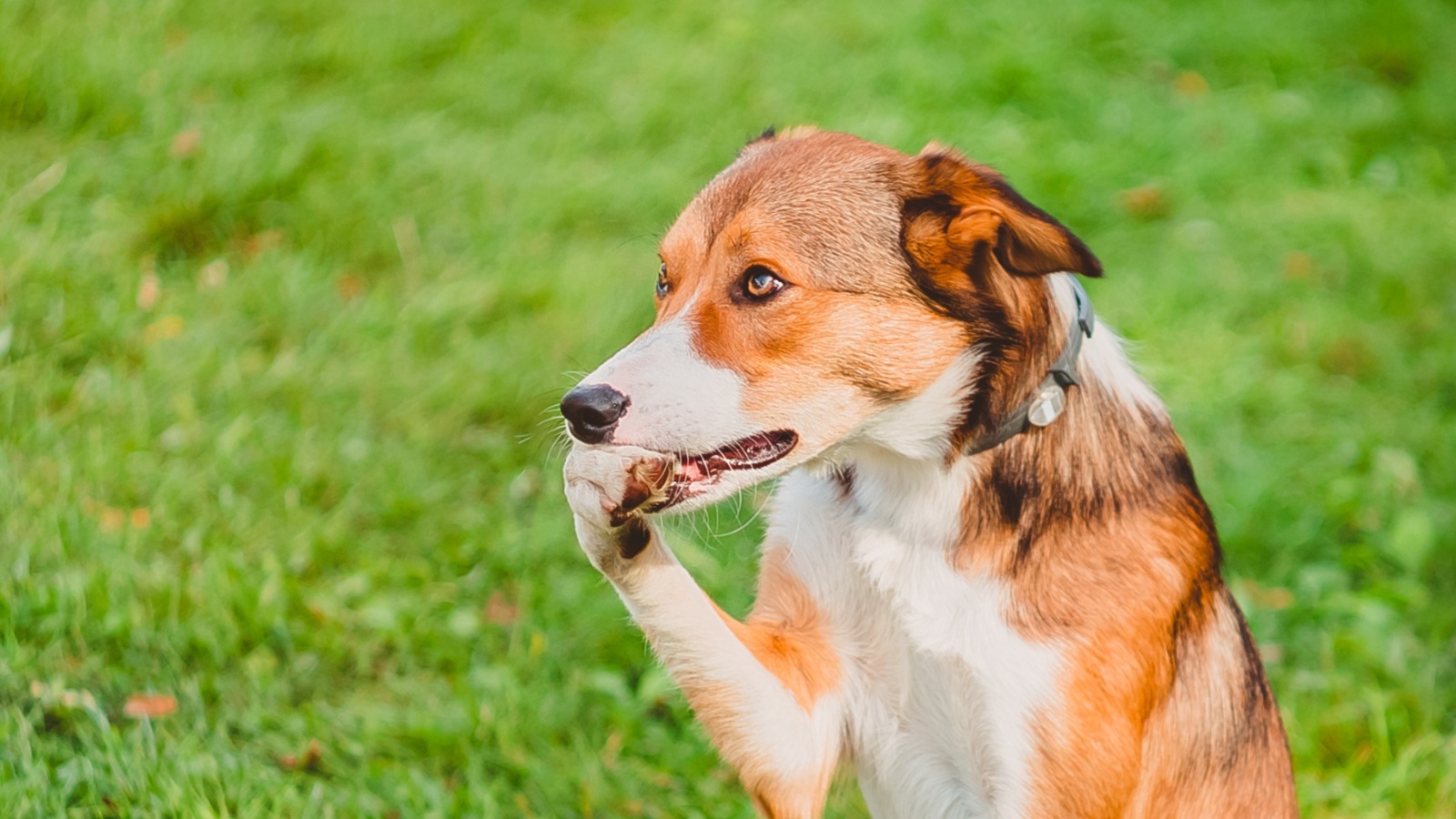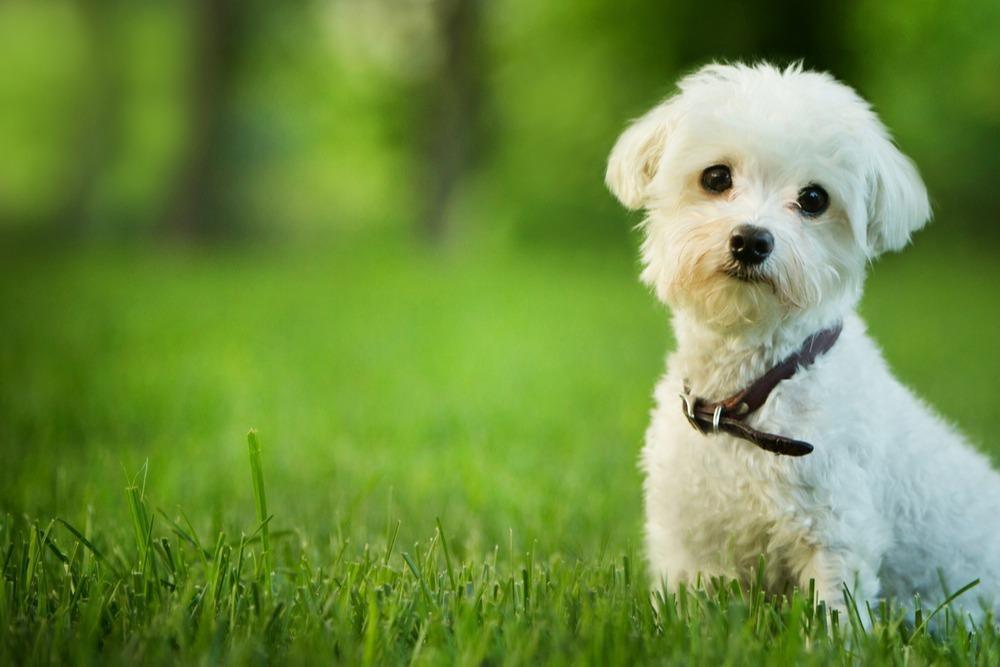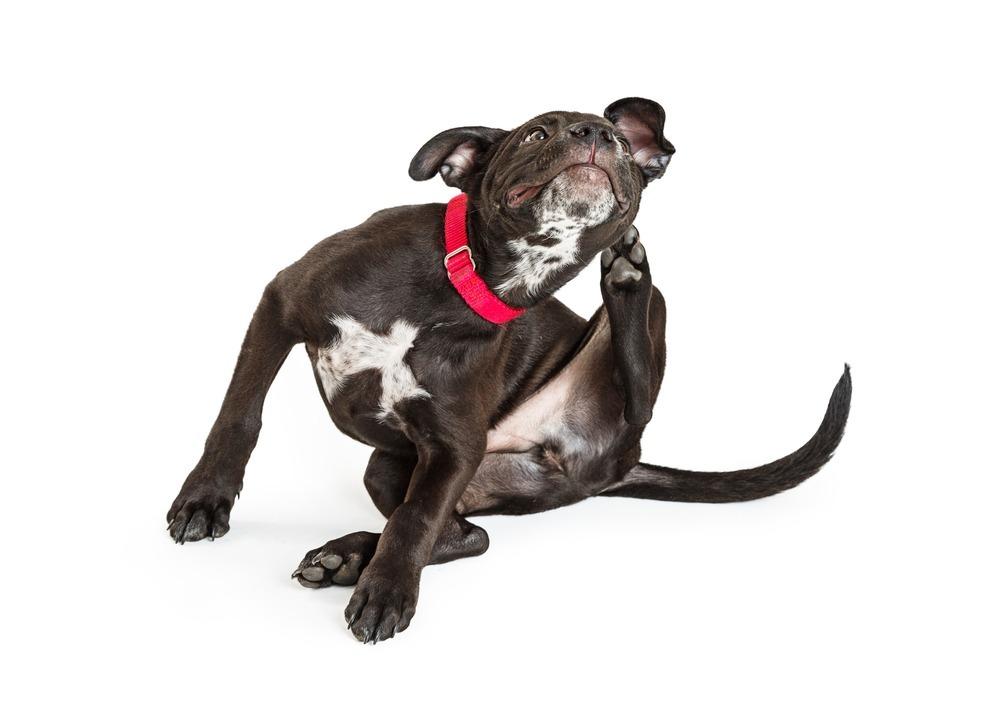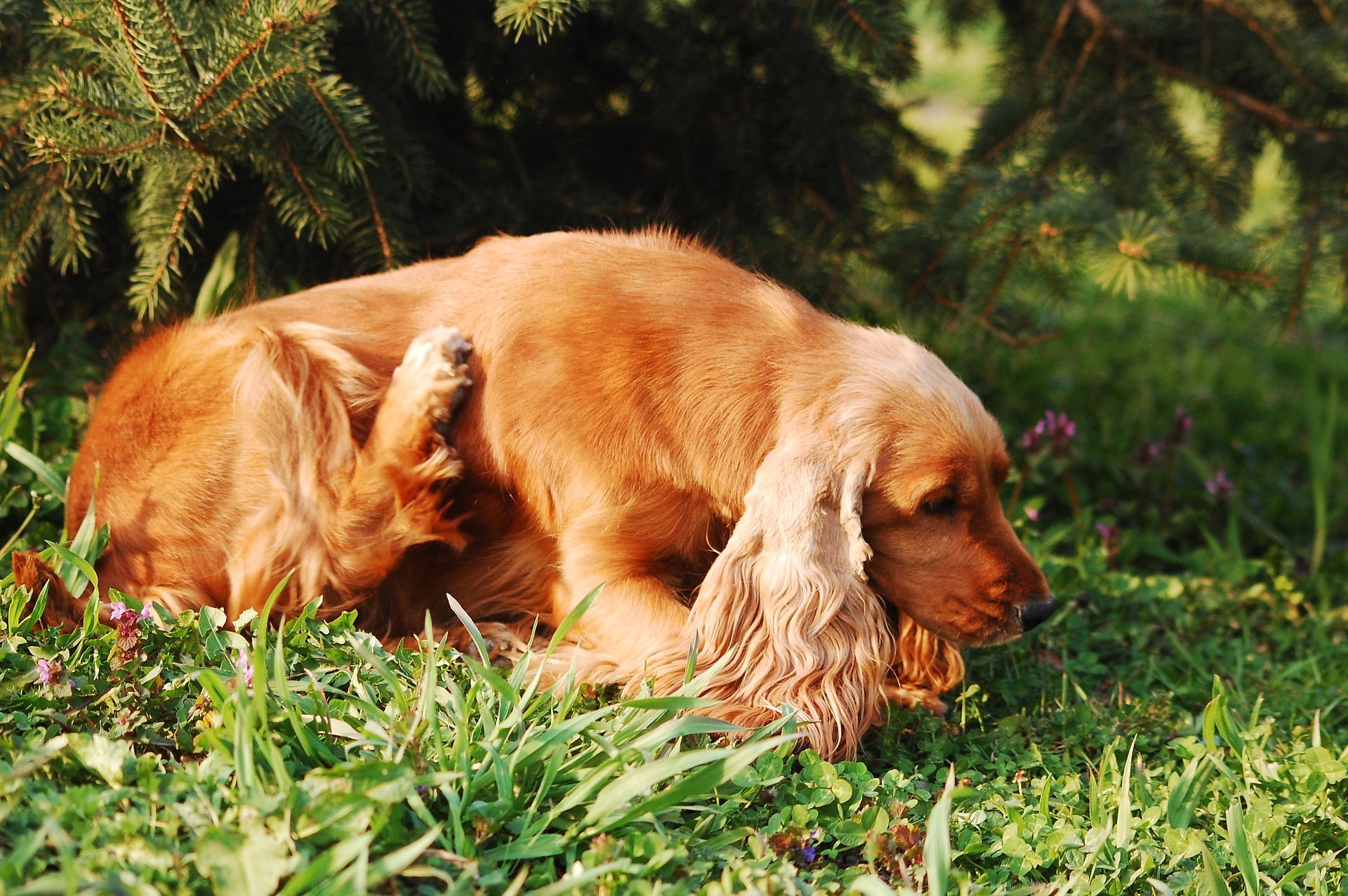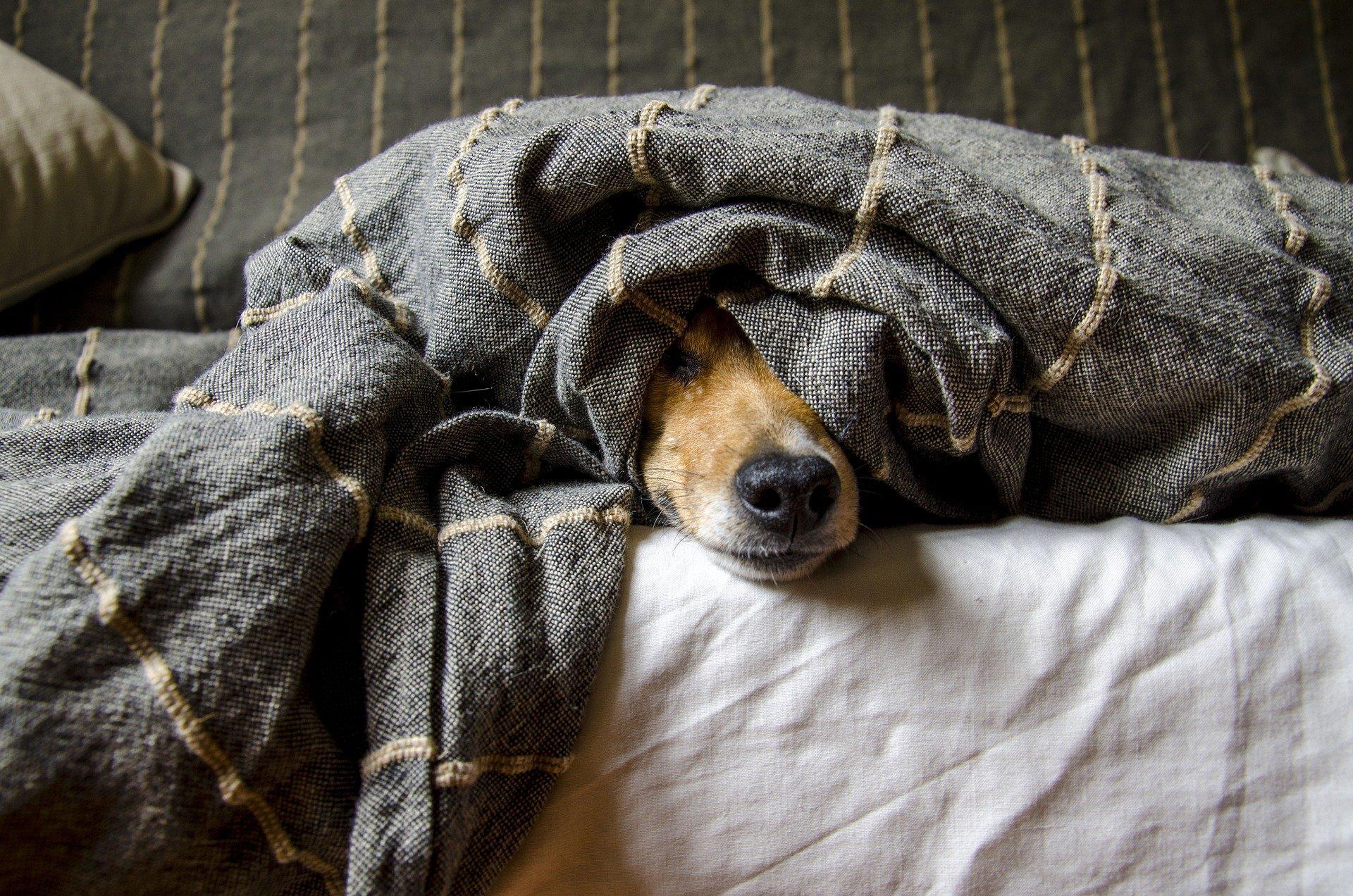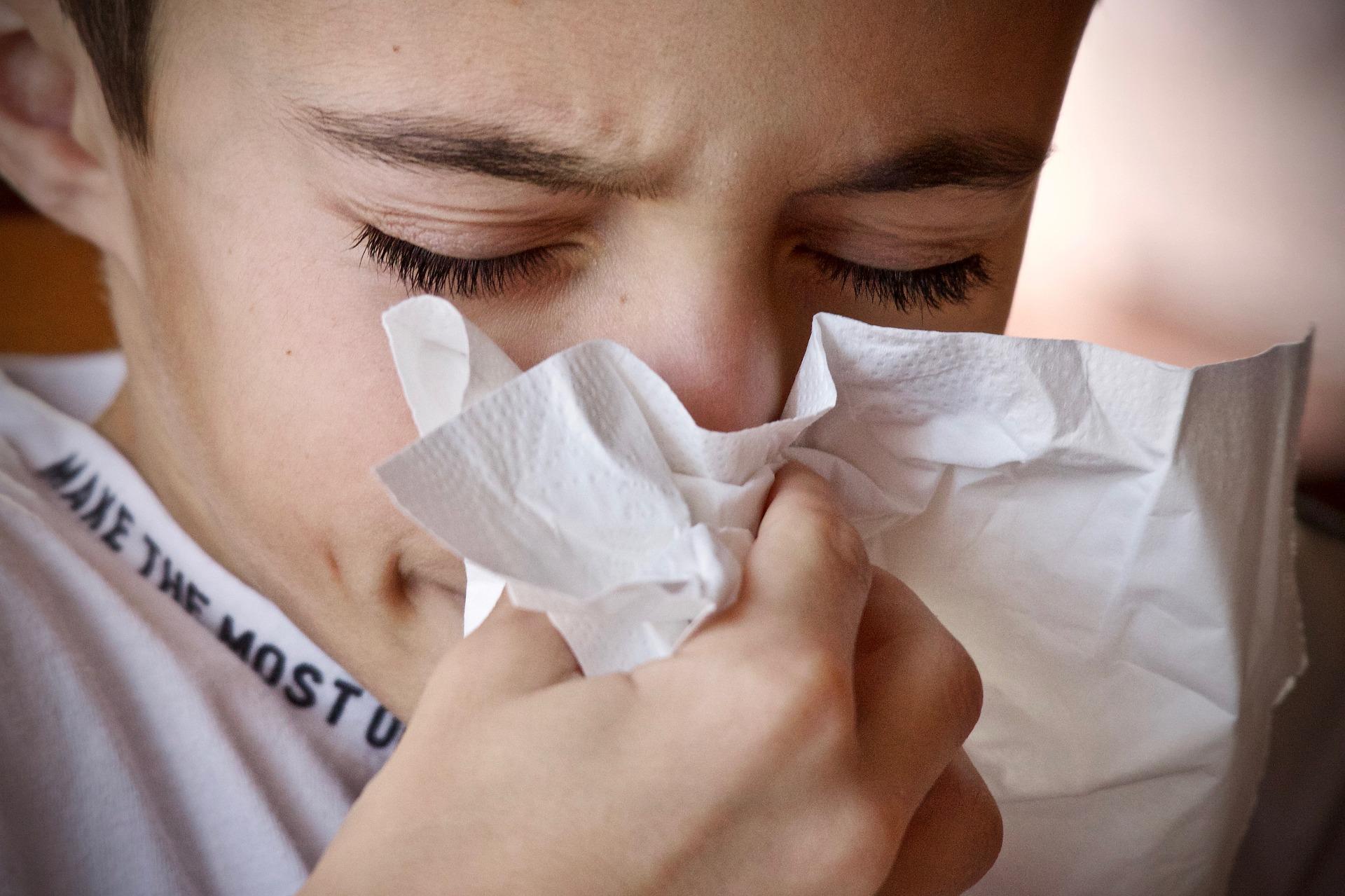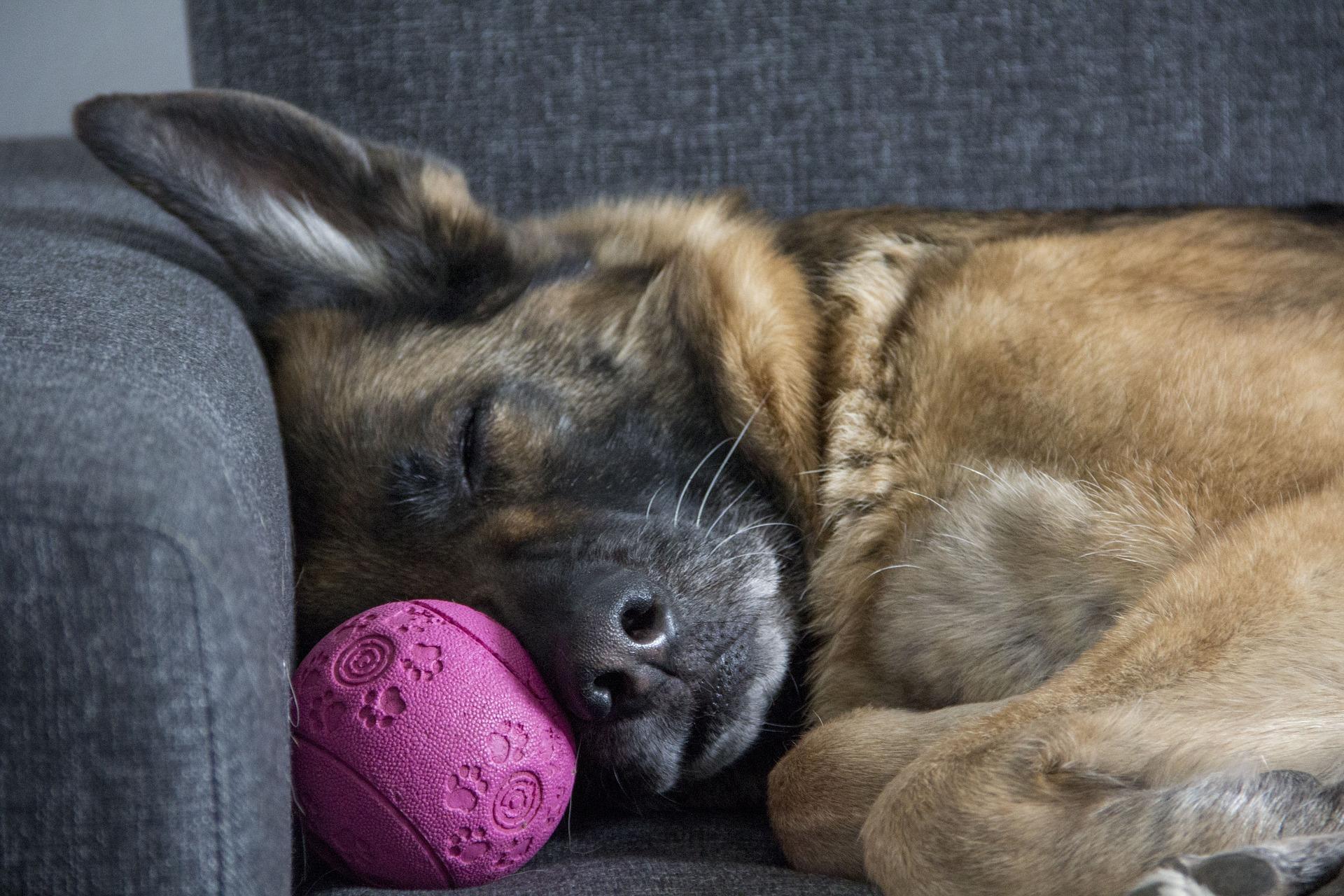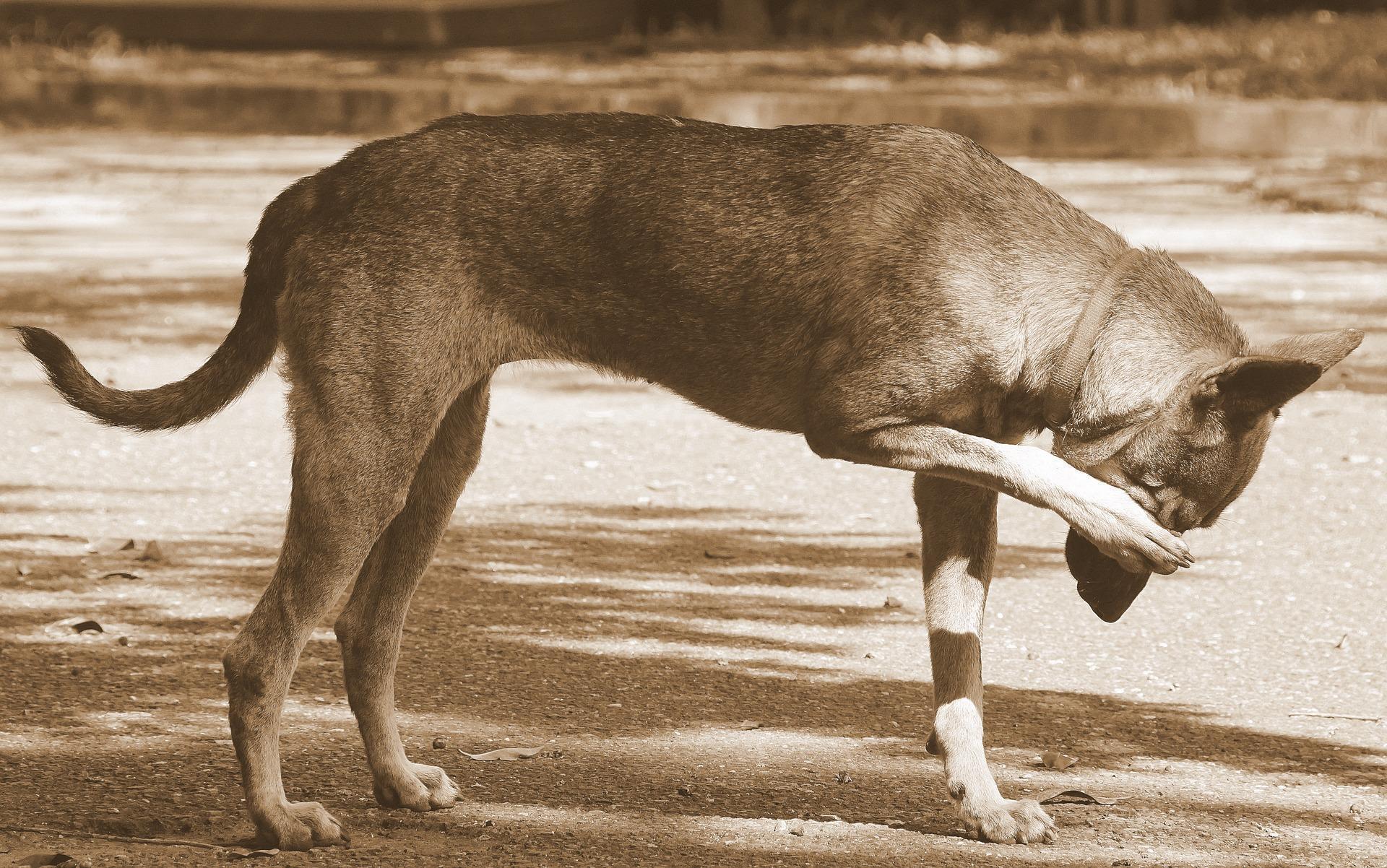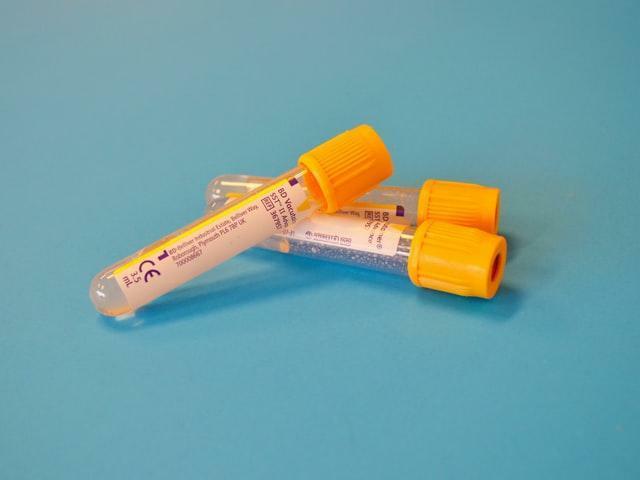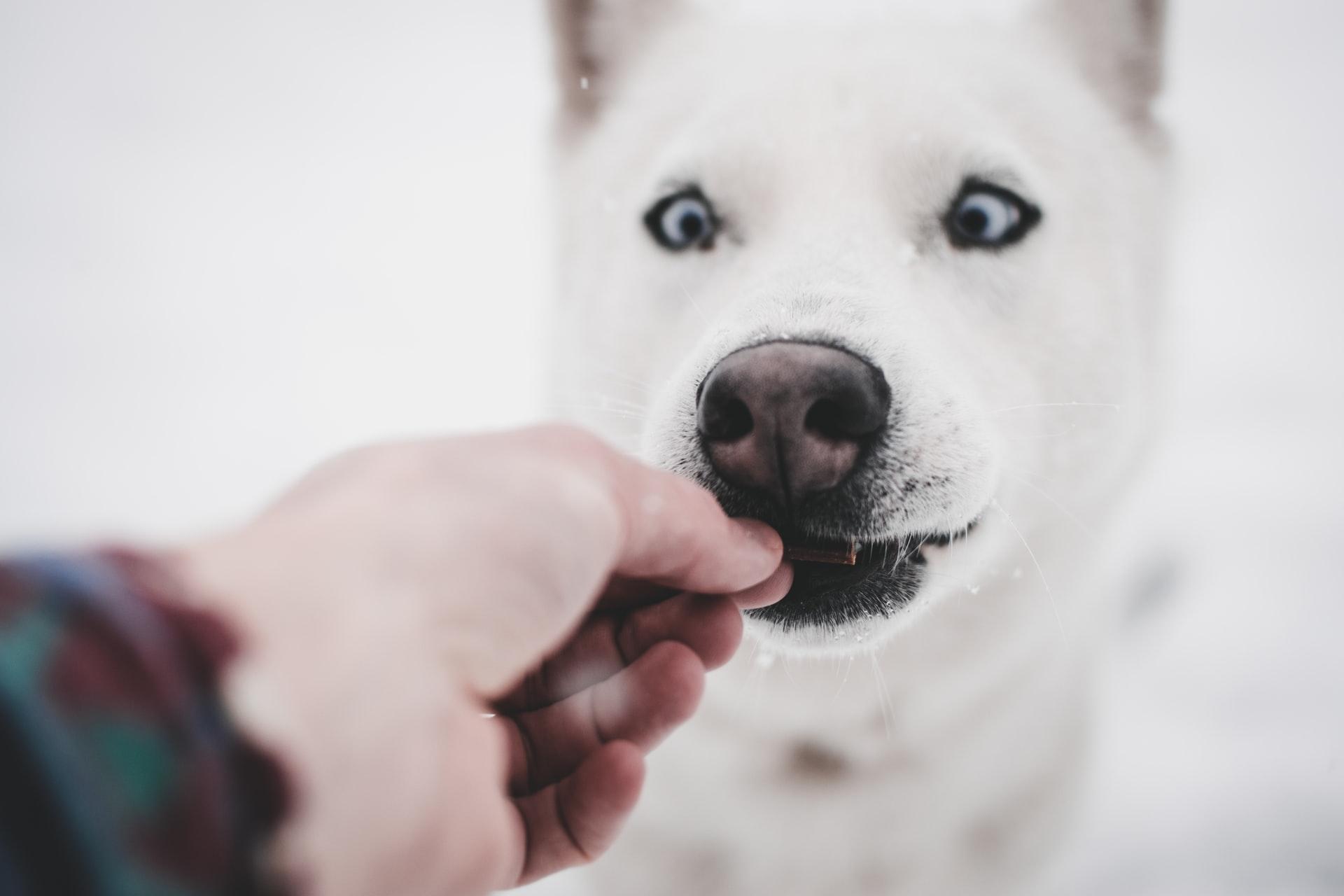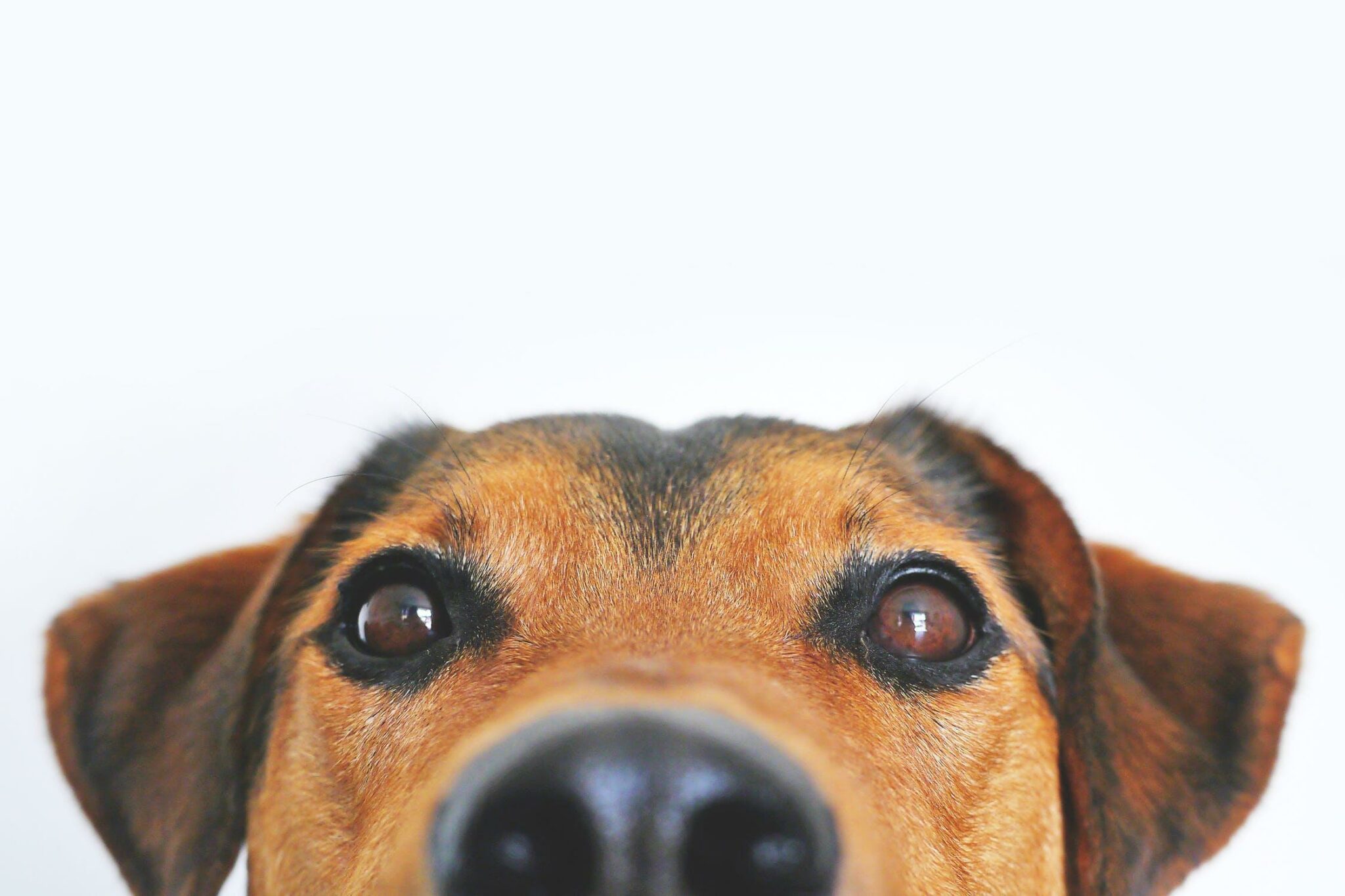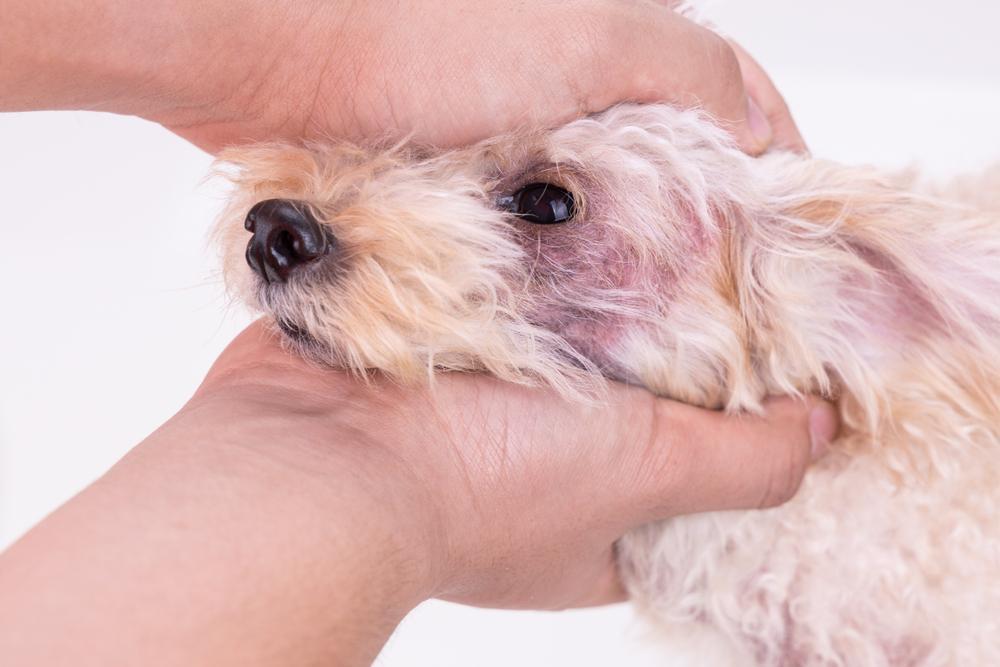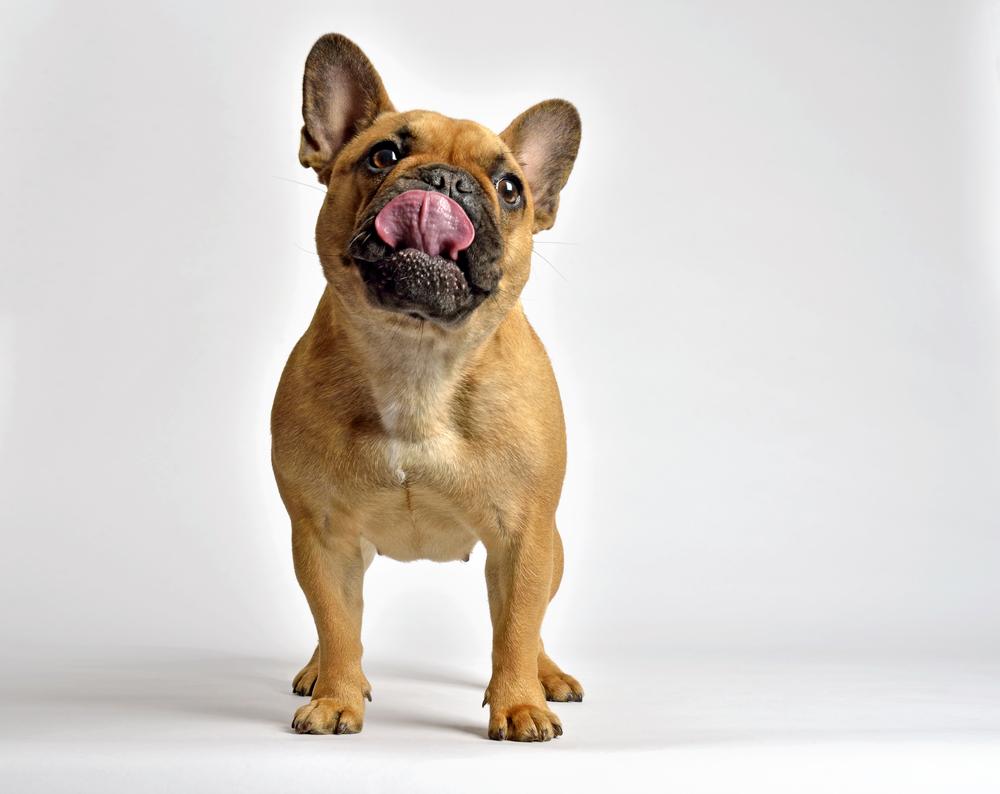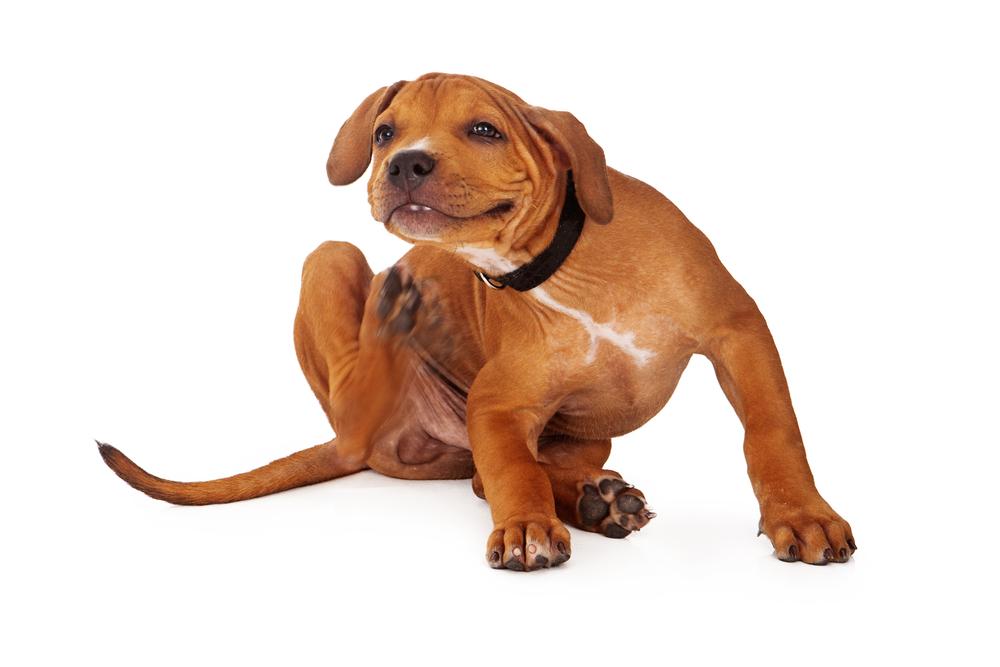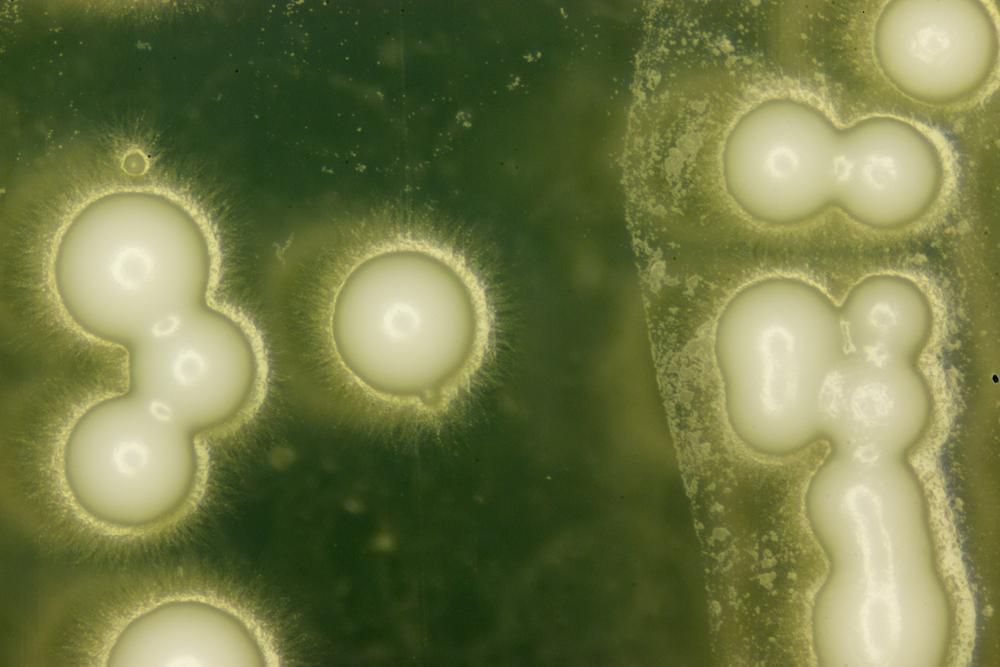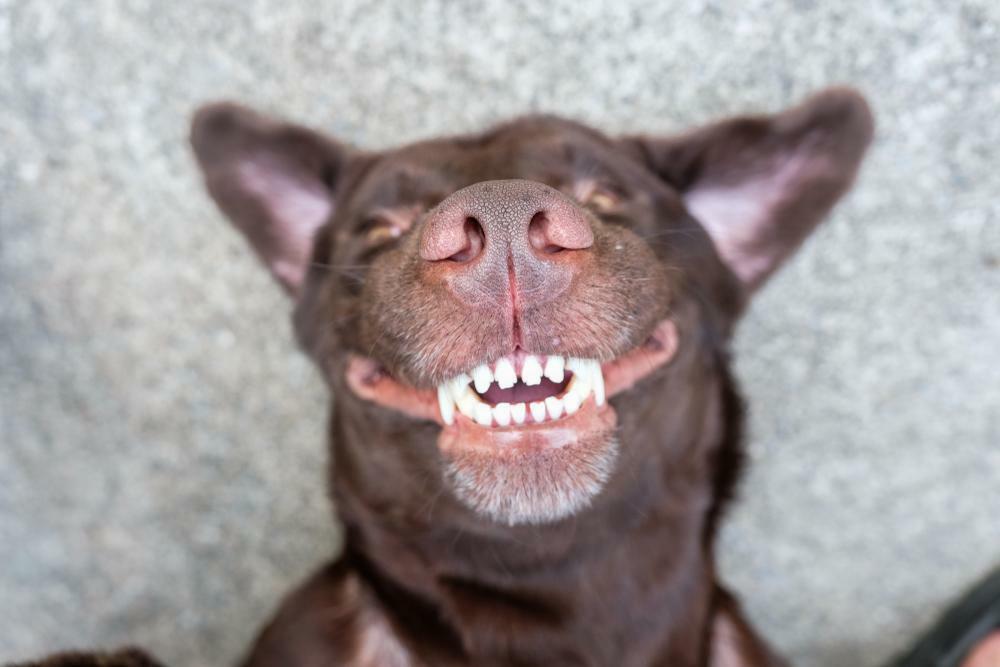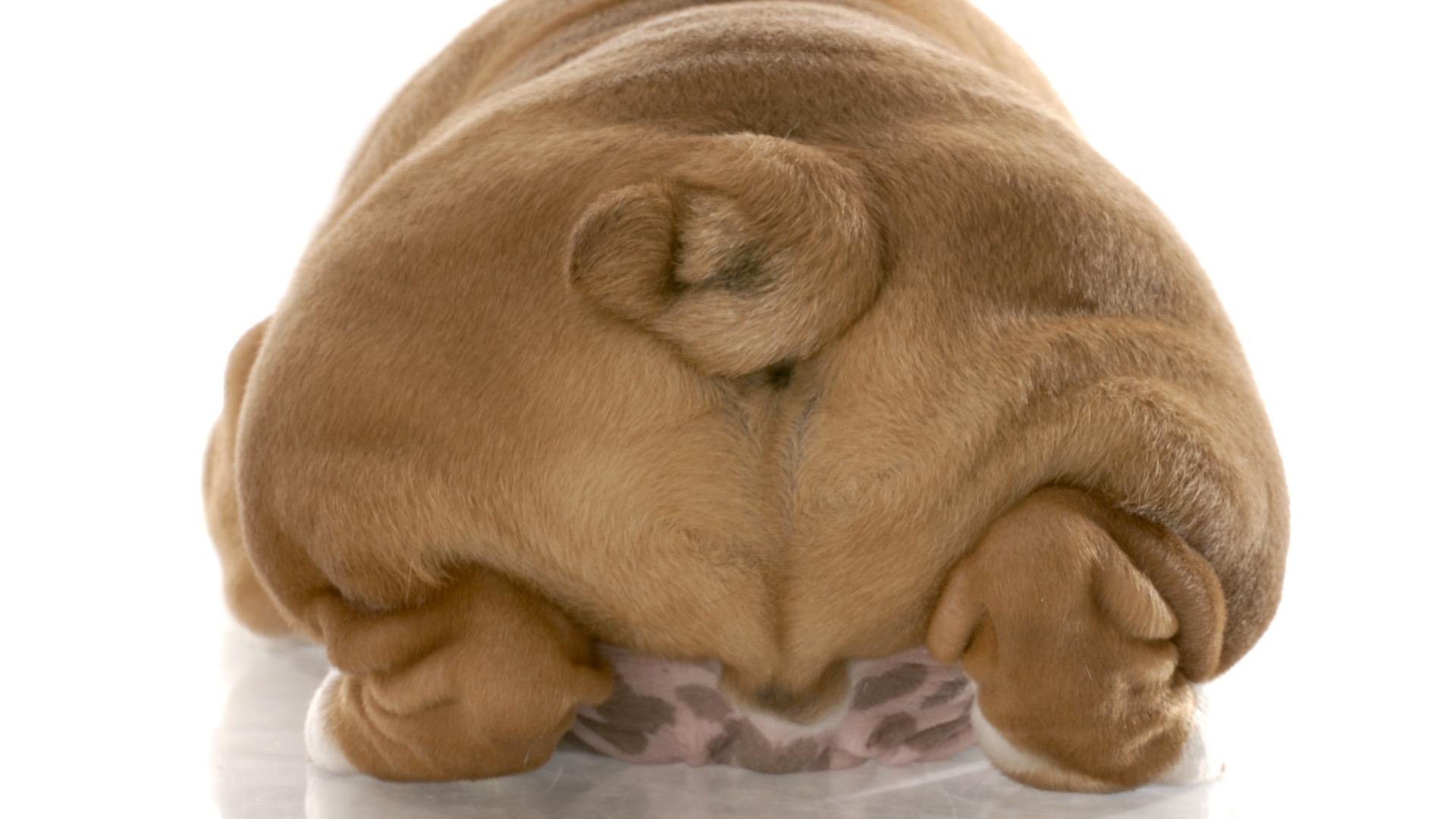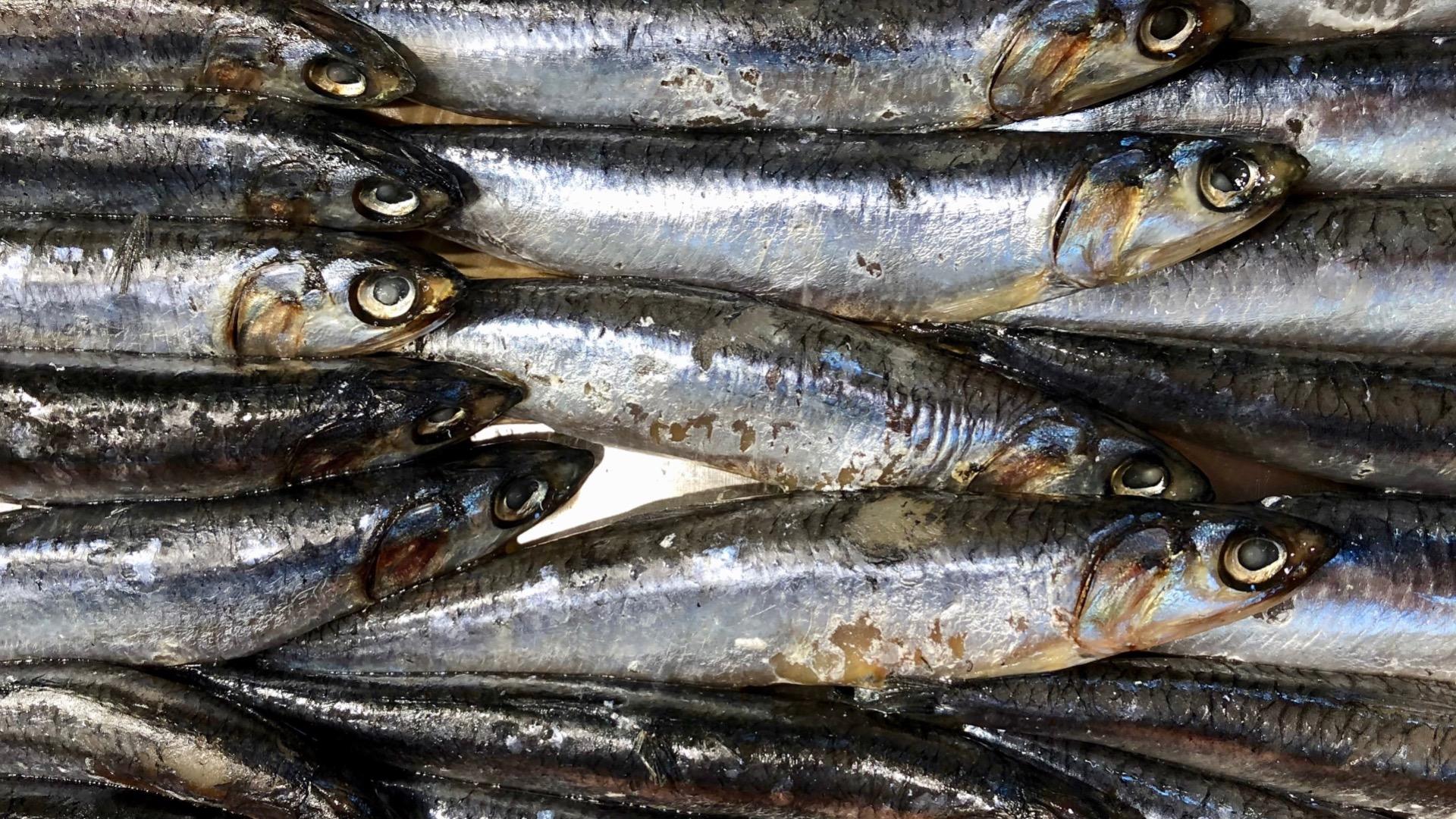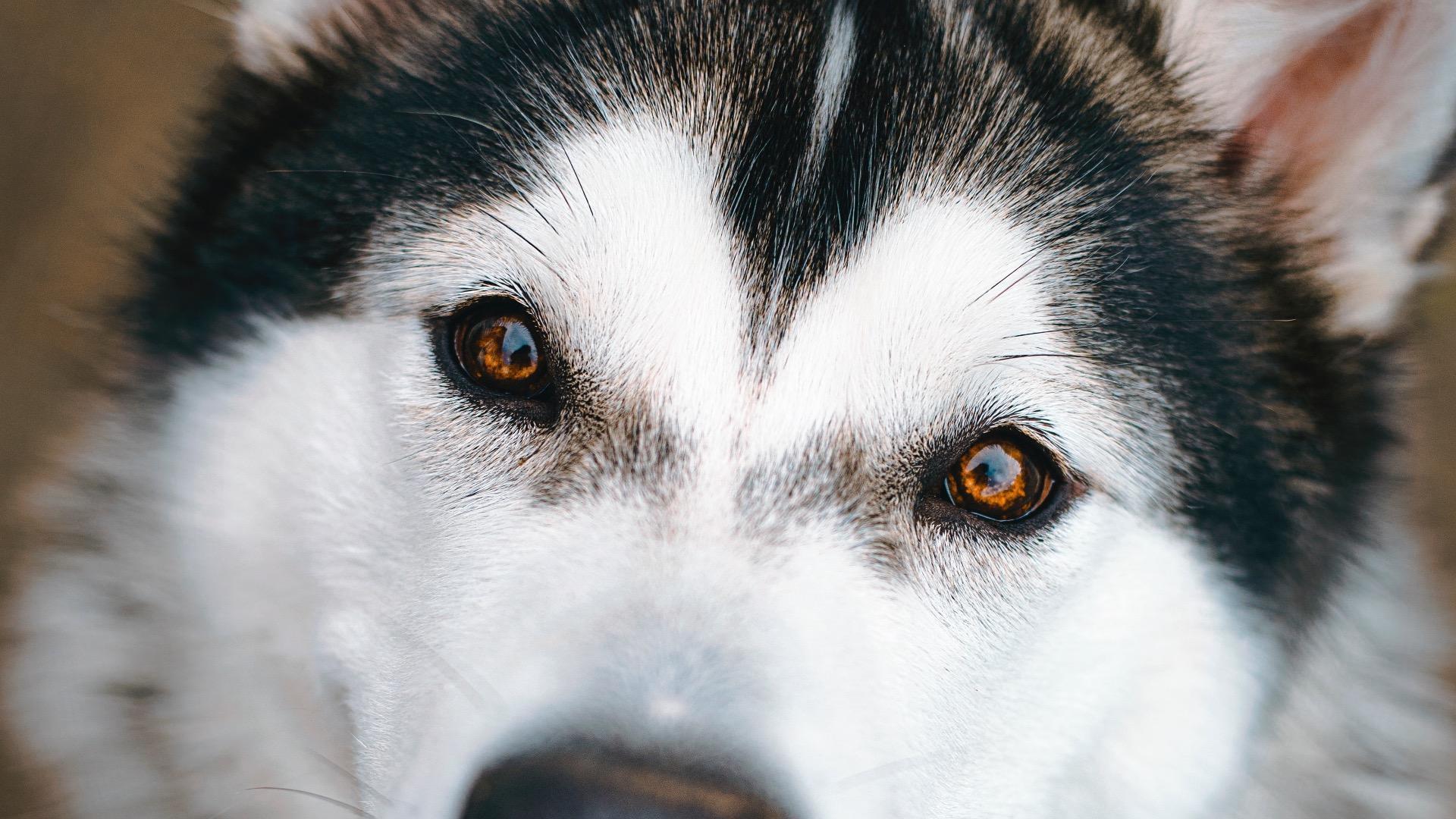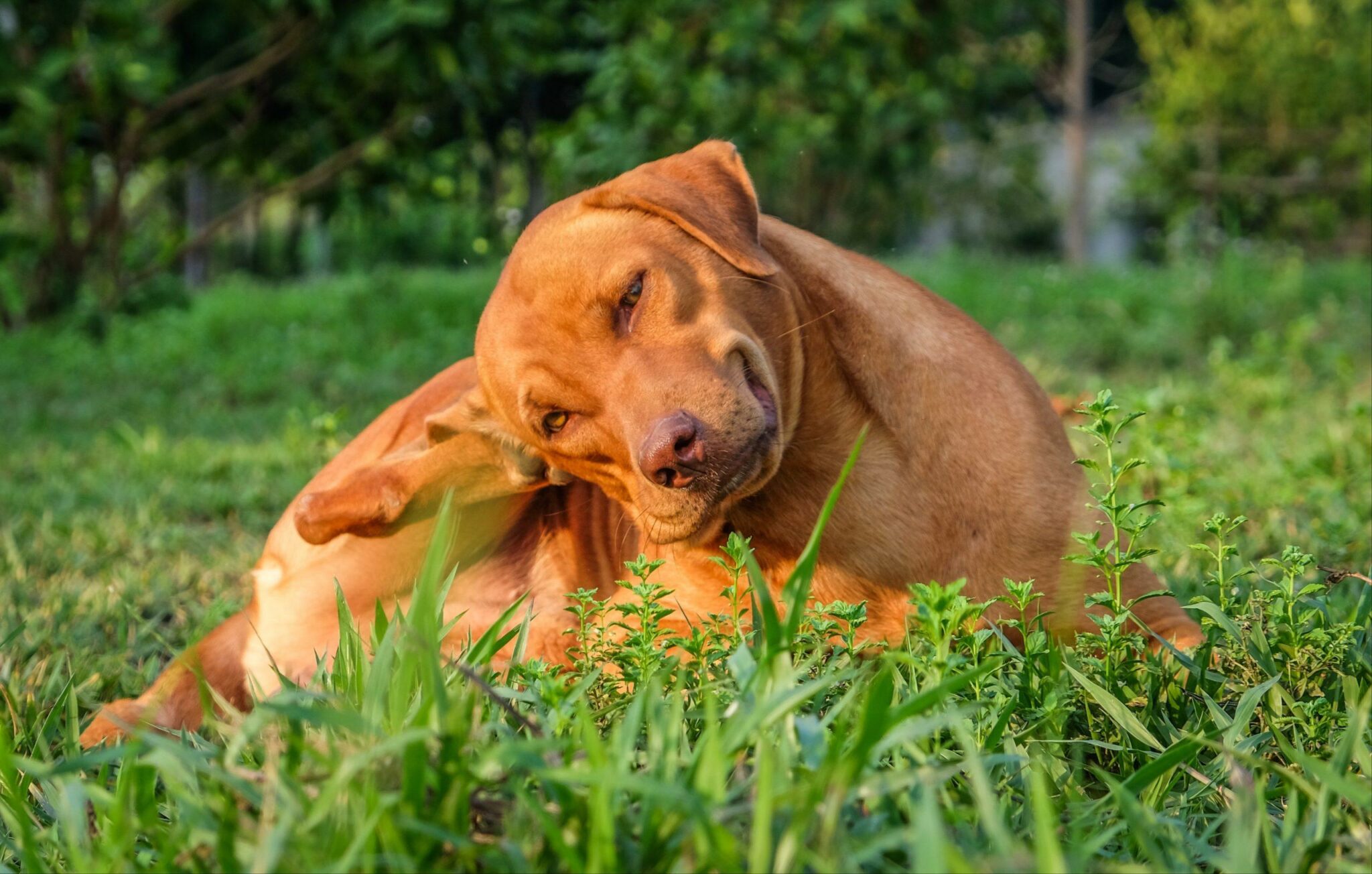If you’ve just rinsed your dog off after a meander through the woods, then their licking is likely grooming behaviour. But, here at My Pet Nutritionist, we often see dogs who excessively lick causing abrasions and hair loss. Whilst it’s often indicative of an irritation, there are in fact some other reasons why your dog may start licking in the absence of a jaunt through a muddy puddle.
Let’s take a look at some of the more common causes.
1) Stress
Yes – stress can take the blame for this one too! Stress is like the wonder woman of life – is there anything she can’t do?
For anyone who has spent time investigating dog behaviour, you’ll know that lip licking in particular is a sign of stress.
An interesting theory here suggests that because stress depletes essential nutrient resources, lip licking is in fact a sign of malnutrition. Deficiencies in a range of nutrients like vitamin B2, B3, B12, iron, and Vitamins A, C and K and Zinc have all been known to cause irritation and inflammation in and around the mouth and lips. The licking is thought to be an attempt to soothe it.
Findings here
However, other suggestions explore the idea that the lip licking mechanism is thought to soothe the stress response by activating the parasympathetic nervous system. Yet, this mechanism can apply to licking of all body parts, not just the lips.
The stress response is dominated by the sympathetic nervous system; it increases heart rate, widens eyes in order to assess the threat better and redirects resources in order to deal with it. Once the threat has passed, the parasympathetic nervous system kicks in and re-balances.
The chief of the parasympathetic nervous system is the vagus nerve, and chewing, along with licking is considered to activate it. Through the action, attention is redirected and focussed on that particular task, not what is making them stressed.
Findings here
Licking is also deemed a self-soothing behaviour through its association with oxytocin.
Oxytocin is a hypothalamic nonapeptide linked to increased levels of social interaction, well-being and anti-stress effects. Oxytocin is released by sensory stimulation (touch) and promotes the release of dopamine whilst decreasing the cascade of stress response mechanisms throughout the brain and body. Oxytocin also modulates the activity of serotonin which as we know is a key hormone in mood stability, feelings of well-being and reward.
An element of this could have also been learned behaviour from their mother. Licking and grooming behaviour is a key feature in determining neural changes and fear responses in offspring. Those from low licking mothers tend to show a greater stress-response and proceeded to be low-lickers themselves (if they were female and had their own litter). The same also occurred for high lickers.
Findings here
The bottom line? Excessive licking could be a response to stress faced by your dog. Watch out for other signs of stress like:
- Panting in the absence of exercise
- Salivating in the absence of food
- Pacing
- Inappropriate toiletting
- Unusual vocalising
- Out of character behaviour
- Wide eyes
- Flat ears
- Abnormal tail placement
Work to remove the trigger and support them with other stress reduction strategies. Also, be mindful that chronic stress can deplete essential nutrient resources.
2) Pain
Pain is an uncomfortable feeling that gives us and our dogs an indication that something isn’t as it should. Not only are many breeds incredible at hiding pain (it wouldn’t have helped them in evolutionary terms), but they also lack the ability to converse. Whilst we would all love to think we have this form of communication with our dogs, we can miss things, especially if they are pretty crafty at hiding them!
The sensation of pain is a necessary function that warns the body of potential or actual injury. Whilst we may think that dull ache in our lower backs is merely an inconvenience, it’s a rather reliable indication that our office chair possibly doesn’t suit us.
Pain occurs when a nociceptor fibre detects a painful stimulus on the skin or in an internal organ. This detection is picked up by other receptors in the spinal cord and brainstem and then transmitted to the various areas of the brain.
This is done through the incredible work of neurotransmitters. There exists both inhibitory and excitatory neurotransmitters. Those that make things happen, and those that apply the brakes. Inhibitory neurotransmitters are involved in the modulation of pain; including enkephalins and endorphins, serotonin, noradrenalin, GABA, acetylcholine and oxytocin.
Excitatory neurotransmitters acting without an inhibiting system results in pain. Which is why pain killers primarily prevent the release of some excitatory neurotransmitters (and can in fact make you or your dog drowsy).
When we look at the neurotransmitters involved, it’s possible to see why our dogs may start licking an area that is painful to them. Through touch they can stimulate the release of oxytocin (a modulator of pain). Not only that but self-trauma (excessive licking) is thought to promote the release of endorphins, which are also pain modulators.
Findings here
This demonstrates how dogs can get into a vicious cycle, they want to lick to soothe, but the more they lick, the more trauma they cause, resulting in more licking.
There is also the possibility, that what could have started as a pain response, could turn into irritation, or what started as irritation, could turn into pain and continue the cycle.
3) Itch
Itch is a sensation felt on the skin, which causes the desire to scratch. Although initially it could be as simply as scratching something to remove it, itching can become stressful when excessive.
When tissues are stimulated by allergens, histamine is released from mast cells. Histamine makes the blood vessels expand, driving blood to the area creating that common swelling among other responses. Specialised nerve fibres are stimulated; when these are processed, the scratching or rubbing reflex is stimulated.
The main mediators for the itch sensation include:
- Immune response chemicals like histamine
- Neurotransmitters including acetylcholine and serotonin
- Prostaglandins which are lipids that, among other functions, create the sensation of pain in spinal nerve cells
We know that scratching can relieve itching, but pain can do so too. Both interfere with the sensations arising from the itch fibres. When pain is administered, the itch is suppressed. This poses an alternative theory for those dogs who self-mutilate through licking.
Allergies are one of the more common reasons why your dog may be itchy, but there are also underlying health issues which are associated with itchiness.
Liver Issues
One of the symptoms of liver issues is itchy skin. It is thought that bile products are deposited in the skin causing the itch, but you would likely also notice jaundice (yellowing of the skin).
Findings here
Kidney Issues
Itching is commonly noted in patients with chronic kidney disease. It is considered that increased systemic inflammation, abnormal parathyroid, calcium and phosphorus levels and an imbalance in pain receptors may all have a part to play. Hydration is usually a large element of treatment along with managing parathyroid, calcium and phosphorus levels.
Demyelination
Myelin sheath is an insulating layer that forms around nerves, including those in the brain and spinal cord. It allows electrical impulses to be transmitted quickly and efficiently and there are a range of factors that affect the myelination of said nerves, including nutritional status.
- A diet containing moderate fat is associated with an increase in myelin protein expression Findings here
- Dietary polyphenols have been reported to mitigate demyelination Findings here
- B12 deficiency has been associated with itchiness in cases of demyelination Findings here
- Vitamin D is regularly implicated in demyelinating disease Findings here
Demyelination has often been associated with an itching sensation, so it certainly poses food for thought with those breeds prone to degenerative myelopathy.
4) Obsessive Compulsive Behaviours
When we pull all of this information together, it’s easy to see how excessive licking can also be a sign of obsessive compulsive behaviour in the dog. They use it as a mechanism to make themselves feel good (stimulate the release of those pleasurable neurotransmitters). Often, excessive licking is associated with other obsessive-compulsive behaviours like tail chasing.
In some cases, these obsessive-compulsive behaviours are thought to have a nutritional element. Studies have demonstrated that increasing B6levels significantly reduced tail chasing behaviour in the dog. Not only that but nutrients like B vitamins,Vitamins E and C, Calcium, Iron and Zinc have all been associated with affected cognitive function, implicating obsessive compulsive behaviour. Attention is also paid to Vitamin D, folic acid, glycine, N-acetyl cysteine and myoinositol.
Findings here
To advocate one particular nutrient for anyone dog is short sighted, but it is certainly something that we may be able to help you explore.
How do I know which one my dog is suffering with?
Licking is a standard grooming behaviour for your dog. Some will spend more time grooming themselves than others. If you understand your dog’s normal grooming behaviour, it’s easy enough to notice if it becomes excessive. Consistently licking the carpet, the windows, the wall and so forth, is not deemed ‘normal behaviour’.
5) Digestive Issues
Licking can be caused by pain in the digestive system, acid reflux, nausea and food intolerances/allergies. You may find this occurs after eating, although digestive effects can last all day. Looking to diet is obviously our forte and we use fresh food and supplements to overcome these symptoms whether caused by food, poor digestive function or the aforementioned.
There are a range of reasons your dog may start licking more than usual, if they are particularly stressed for example. This licking is generally body wide. You may also notice other stress associated behaviours.
If your dog is suffering with pain, they may lick at the site of pain, or at the site of referred pain. For example, a dog suffering with hip dysplasia, may shift their weight forward and so experience pain in the front of their body (shoulders). This does occur, so an appointment with a qualified practitioner is essential in determining this.
Perhaps one of the most common reasons for licking is in fact due to an itch; if they are licking after a walk, it could perhaps be the grass or sprayed weedkiller that you’ve walked through. But as we know, a huge part of the immune system resides in the gut and if the immune response is driving the itch, then it could well be something that isn’t sitting pretty in the gut. Food issues are regularly associated with itchiness and anxiety.
But there are also underlying health issues which can drive the itchy sensation, so consider other symptoms that your dog may be experiencing. Keep a diary if necessary.
Nutrition can in fact play a role in every reason we have discussed, whether it’s using certain compounds to help reduce inflammation, tackling potentially depleted resources in the stressed-out dog or compiling a plan to establish what’s causing that itch, here at My Pet Nutritionist, we want to help. So if you would like any support, please check out our services
here.
Thanks for reading.
MPN Team x


